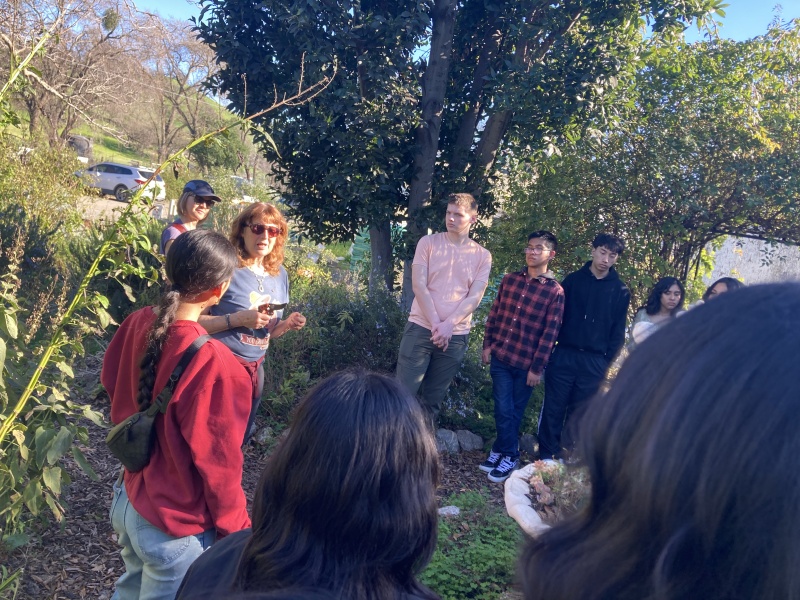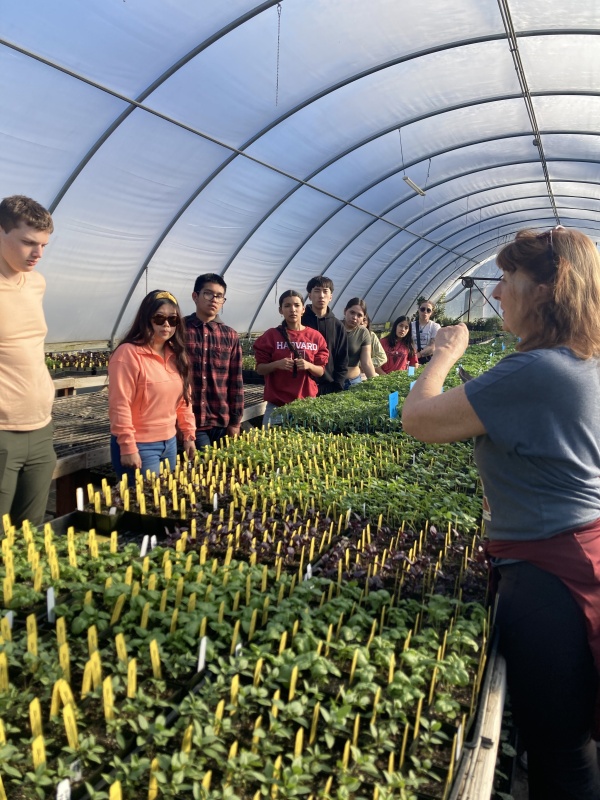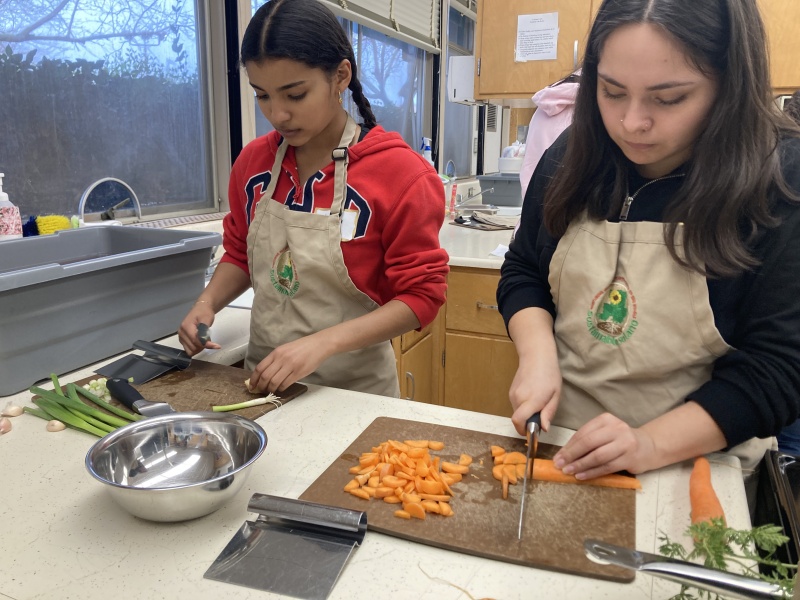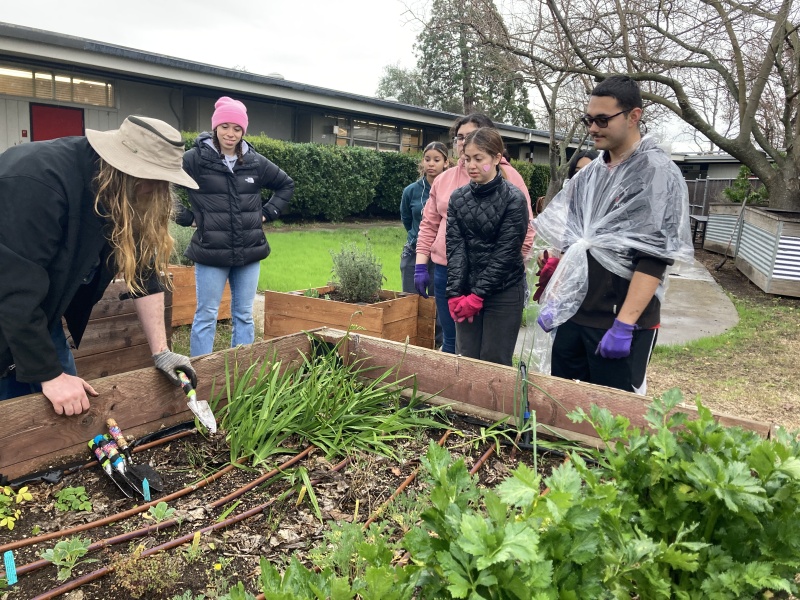Why Understanding Air Quality Matters More Than Ever in California
By Taylor Collins, Development & Communications Coordinator
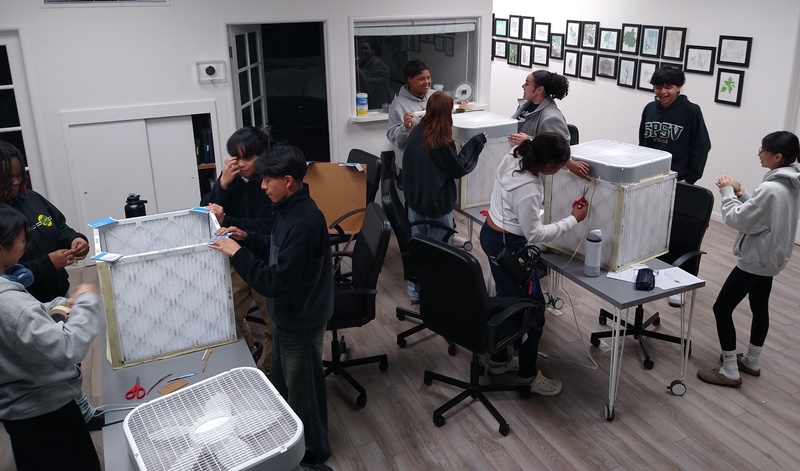
Interns with the Vallejo Environmental Leadership Fellowship build DIY air purifiers after attending a virtual class on air quality
Air quality is something many of us take for granted — until it becomes a problem. In California, we know that wildfires can happen at any time of year, filling clear skies with thick, hazardous smoke. But wildfires aren’t the only cause of poor air quality. Vehicle emissions, industrial pollution, and even household sources like gas stoves contribute to indoor and outdoor air pollution that can make us sick.
Over the past few years, Californians have experienced extreme air quality events. From the urban fires in Los Angeles at the start of this year to the record-breaking wildfire season in 2020 that forced people indoors for weeks. Indoor air pollution can be just as harmful, especially for those with asthma, allergies, or other respiratory conditions. However, with careful planning, we can protect ourselves while indoors. Learning about air filtration, monitoring air quality indexes, and improving indoor air circulation can help you stay safe.
Last month, we held a Virtual Air Quality Workshop with Dr. Nicholas Spada of the UC Davis Air Quality Research Center. We covered the basics of what is in the air and the science of keeping ourselves safe.
We’ll be holding an in-person workshop in Dixon on April 17 that will feature a live demonstration on how to construct an easy home air purifier. Materials to create the DIY purifier will be available, however, supplies are limited to the first 10 people who register. Register here for the class.
If you’re interested in helping your community monitor your air quality, sign up to receive a PurpleAir monitor using our Air Quality Interest Form. Due to limited supply, air monitors will be distributed based on neighborhood and geographic need first, and then in the order requests were received.
This work, including public air quality classes, the Vallejo Environmental Leadership Fellowship and air purifier and monitor distribution, are generously funded through support from the Solano Community Foundation.


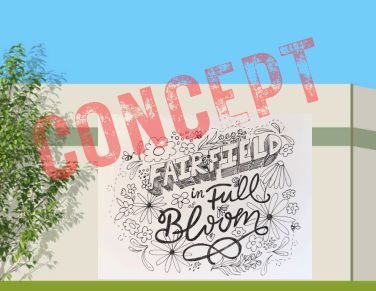 The Process: From Ideas to Sketches
The Process: From Ideas to Sketches This mural project and Sustainable Solano’s Fairfield air quality work is part of California Climate Investments, a statewide initiative that puts billions of Cap-and-Trade dollars to work reducing greenhouse gas emissions, strengthening the economy, and improving public health and the environment — particularly in disadvantaged communities.
This mural project and Sustainable Solano’s Fairfield air quality work is part of California Climate Investments, a statewide initiative that puts billions of Cap-and-Trade dollars to work reducing greenhouse gas emissions, strengthening the economy, and improving public health and the environment — particularly in disadvantaged communities.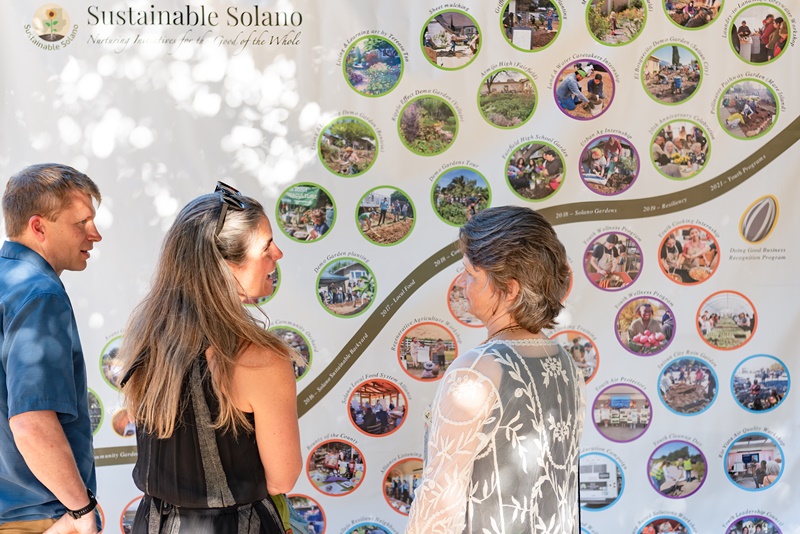
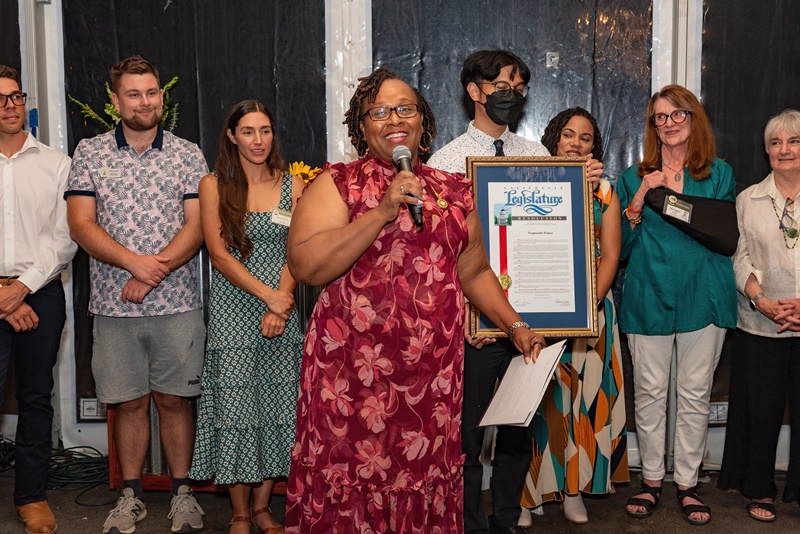
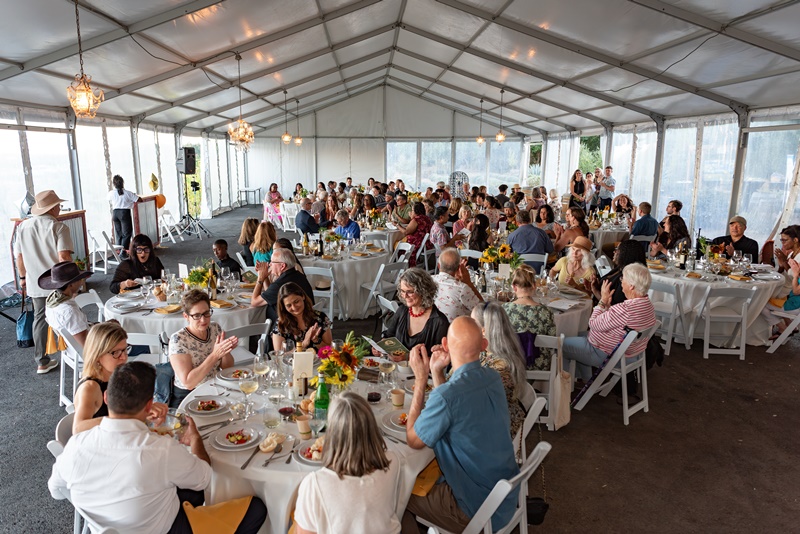
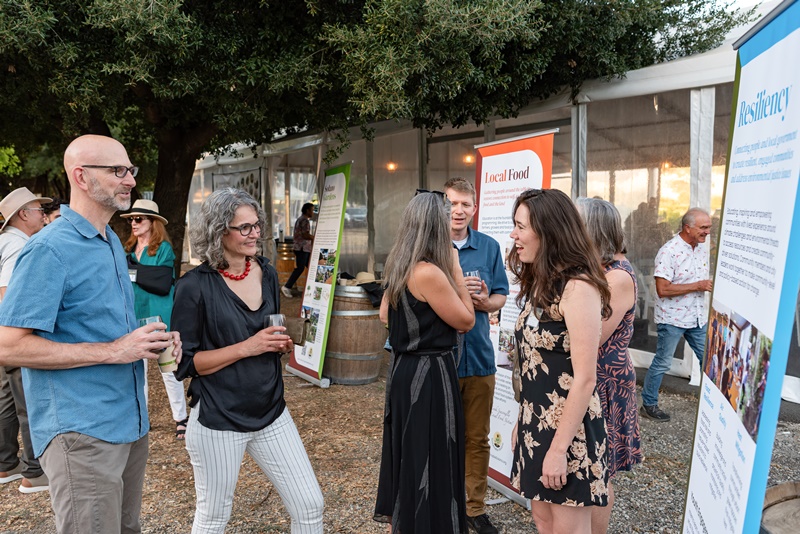
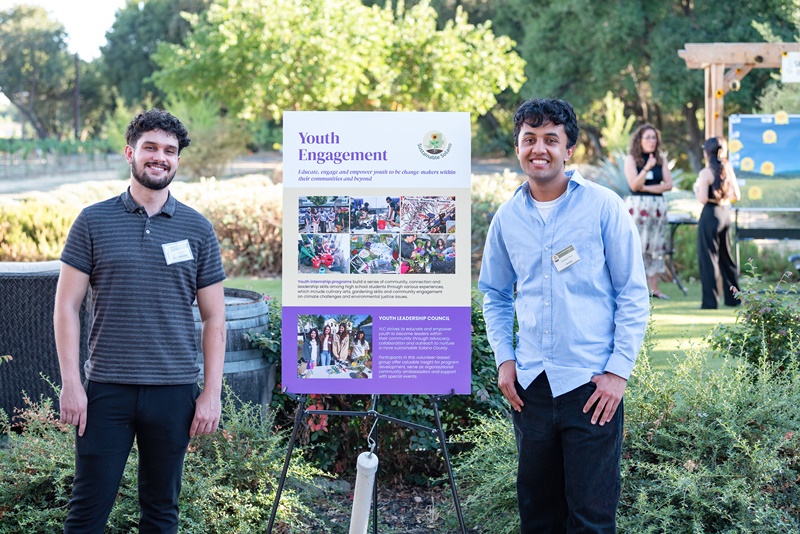
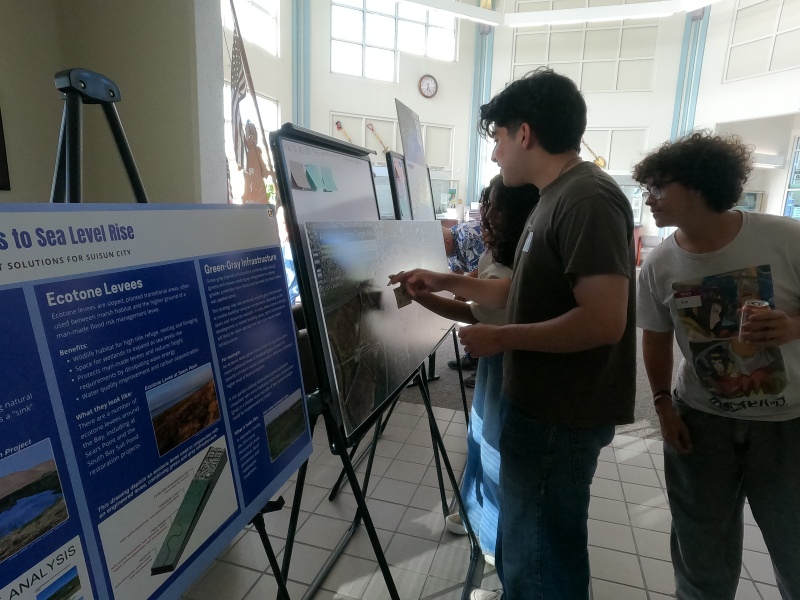
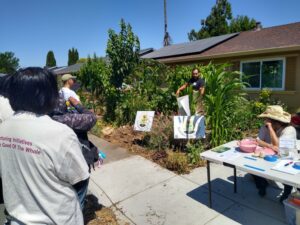 Outside of Raley’s we helped hand out flyers to people in hopes that they would attend a workshop and get information about flooding and sea level rise in Suisun. The workshop was an event people could attend and learn about sea rise levels, ask questions if they had any concerns and share their perspectives. I also attended a garden walk where people went to get information on how to make a good garden for the environment which uses rain and rainwater. It also helps prevent floods if enough people do it.
Outside of Raley’s we helped hand out flyers to people in hopes that they would attend a workshop and get information about flooding and sea level rise in Suisun. The workshop was an event people could attend and learn about sea rise levels, ask questions if they had any concerns and share their perspectives. I also attended a garden walk where people went to get information on how to make a good garden for the environment which uses rain and rainwater. It also helps prevent floods if enough people do it.